Advancements in Material Science
The Sputtering Targets and Evaporation Materials Market is poised for growth due to ongoing advancements in material science. Innovations in nanotechnology and the development of new alloys and compounds are enhancing the performance of sputtering targets and evaporation materials. These advancements enable the production of materials with superior properties, such as increased durability and improved conductivity. As industries such as aerospace, automotive, and telecommunications increasingly adopt these advanced materials, the demand for high-quality sputtering targets and evaporation materials is likely to rise. The market is expected to benefit from research initiatives aimed at developing next-generation materials, which could lead to new applications and further expansion of the sputtering targets and evaporation materials market.
Increasing Demand for Electronics
The Sputtering Targets and Evaporation Materials Market is experiencing a surge in demand driven by the rapid growth of the electronics sector. As consumer electronics become more sophisticated, the need for high-quality materials for semiconductor manufacturing is paramount. In 2025, the semiconductor market is projected to reach approximately 600 billion USD, indicating a robust demand for sputtering targets and evaporation materials. These materials are essential for producing integrated circuits and other electronic components, which are integral to modern devices. The increasing miniaturization of electronic components further necessitates the use of advanced materials, thereby propelling the growth of the sputtering targets and evaporation materials market. This trend suggests a sustained demand trajectory, as innovations in electronics continue to evolve.
Growing Demand from the Automotive Sector
The Sputtering Targets and Evaporation Materials Market is significantly impacted by the growing demand from the automotive sector, particularly with the rise of electric vehicles (EVs). As automakers increasingly incorporate advanced materials for components such as batteries and electronic systems, the need for high-quality sputtering targets and evaporation materials is expected to rise. The automotive industry is projected to invest over 100 billion USD in EV technology by 2025, creating a substantial market for materials used in the production of lightweight and efficient components. This trend indicates a promising opportunity for suppliers in the sputtering targets and evaporation materials market, as the shift towards electric mobility continues to reshape the automotive landscape.
Expansion of Renewable Energy Technologies
The Sputtering Targets and Evaporation Materials Market is significantly influenced by the expansion of renewable energy technologies, particularly in solar energy. The global push towards sustainable energy solutions has led to an increased adoption of photovoltaic cells, which rely heavily on sputtering targets for the deposition of thin films. In 2025, the solar energy market is expected to surpass 200 billion USD, creating a substantial demand for high-purity materials used in solar panel manufacturing. This growth indicates a promising opportunity for suppliers of sputtering targets and evaporation materials, as the transition to renewable energy sources continues to gain momentum. The integration of advanced materials in solar technology not only enhances efficiency but also supports the overall growth of the sputtering targets and evaporation materials market.
Rising Investment in Research and Development
The Sputtering Targets and Evaporation Materials Market is witnessing a rise in investment in research and development activities. Companies are increasingly allocating resources to innovate and improve the quality of sputtering targets and evaporation materials. This trend is driven by the need to meet the evolving requirements of various industries, including electronics, automotive, and healthcare. In 2025, it is anticipated that R&D spending in the materials sector will exceed 50 billion USD, reflecting a commitment to enhancing product performance and sustainability. Such investments are likely to lead to the introduction of new materials and technologies, thereby fostering growth in the sputtering targets and evaporation materials market. The focus on R&D not only supports innovation but also positions companies to better compete in a rapidly changing market landscape.


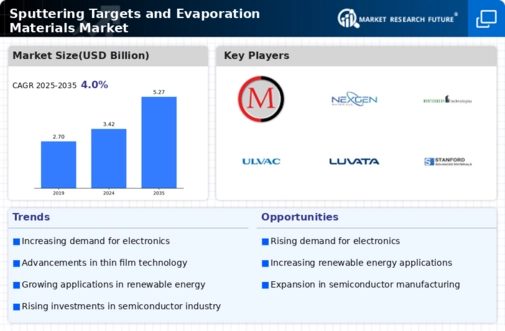
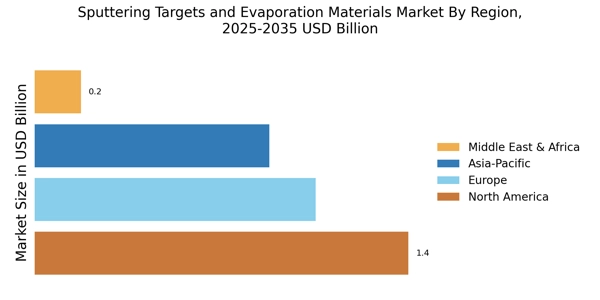
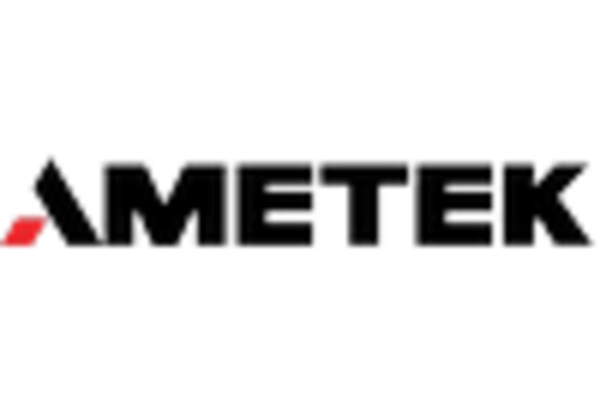
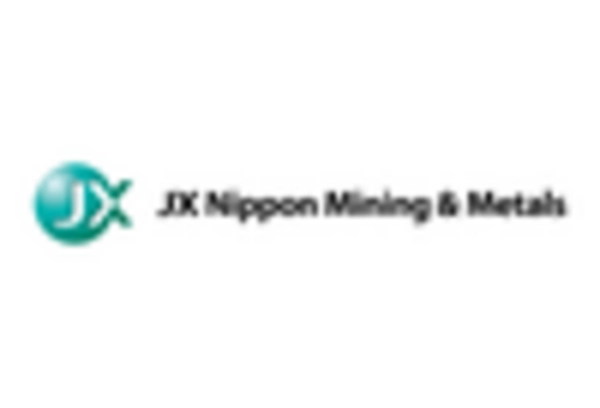
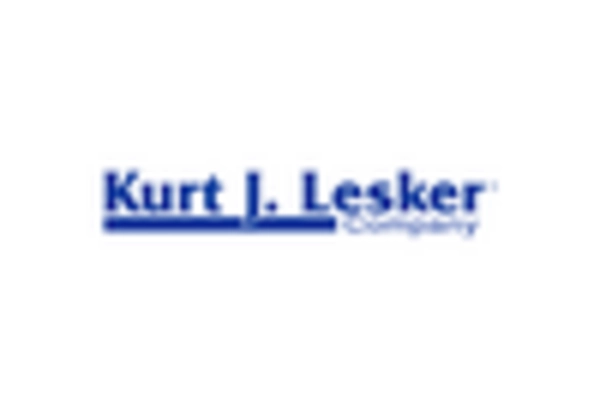
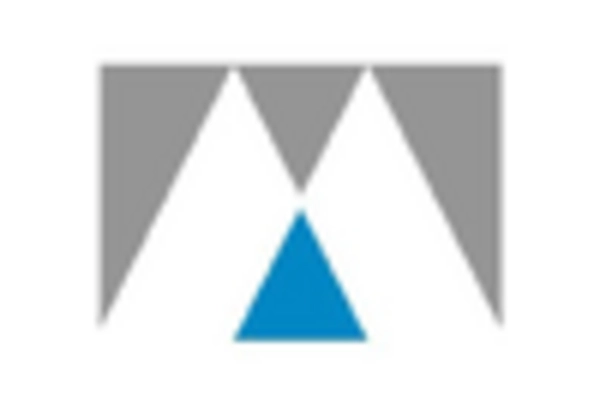
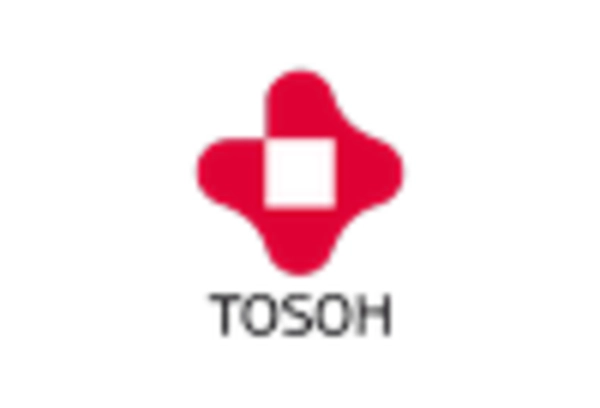
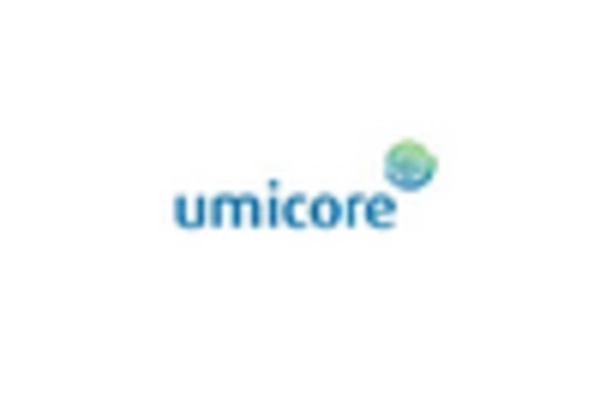








Leave a Comment